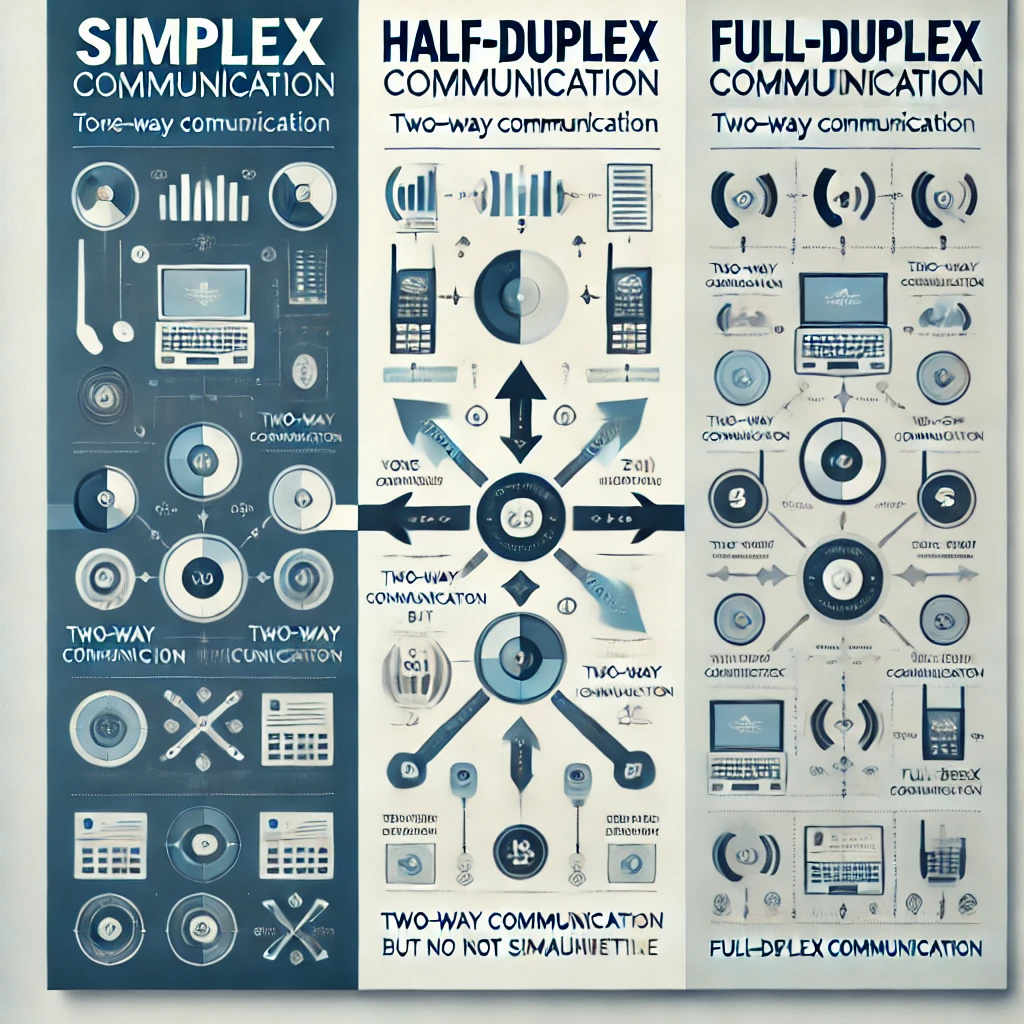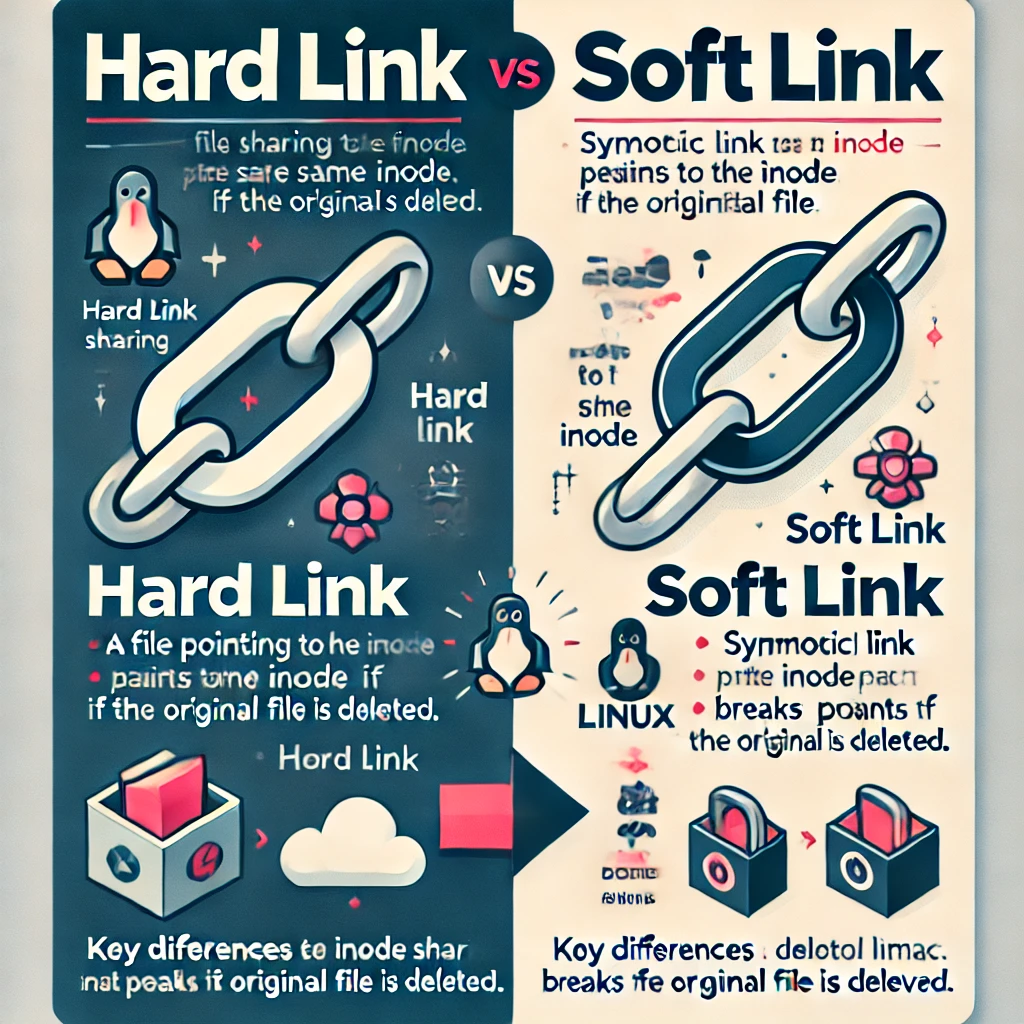In computer graphics, windowing vs clipping are essential techniques for controlling what is displayed on the screen. Windowing defines the visible portion of a scene, while clipping removes parts of objects outside a defined boundary. This guide explains their key differences and how they enhance graphical rendering.
Understanding Windowing
Windowing is a technique that involves defining a viewing region within the overall display area. This defined region, often referred to as a window or viewport, acts as a frame through which the user observes the rendered scene. Windowing allows for the selection and rendering of specific portions of a larger scene, enabling focused visualization and enhanced user experience. By isolating the relevant content, windowing enables improved clarity and detail, especially when dealing with complex and crowded scenes.
The Power of Clipping
Clipping, on the other hand, is a technique that involves removing portions of objects or primitives that fall outside the defined viewing region or window. It ensures that only the visible parts of the objects are rendered, optimizing performance and minimizing unnecessary computations. Clipping is essential for achieving efficient rendering of complex scenes, as it eliminates the need to process objects or fragments that would not contribute to the final displayed image.
Key Differences and Similarities
While windowing and clipping are both fundamental techniques in computer graphics, there are significant differences in their functionality and applications. Windowing focuses on defining the visible portion of the scene, whereas clipping deals with the removal of invisible or non-visible elements. Windowing is primarily concerned with controlling the display area, while clipping optimizes rendering performance by discarding unnecessary fragments.
Despite their differences, windowing and clipping share the common goal of enhancing visual precision and optimizing rendering processes. Both techniques contribute to the creation of immersive and visually appealing computer-generated imagery by ensuring that the rendered content aligns with the desired viewport and eliminates unnecessary computations.
Applications and Use Cases
Windowing Applications
Windowing finds extensive applications in various domains, including:
User Interfaces
In graphical user interfaces (GUI), windowing allows for the efficient display of multiple windows, each containing specific content or application interfaces. This enables users to interact with various software applications simultaneously.
Gaming and Virtual Reality
Windowing plays a crucial role in gaming and virtual reality experiences by defining the field of view and rendering only the portions visible within the game or virtual environment. This helps optimize performance and provides a seamless visual experience.
Visualization and Data Analysis
In scientific visualization and data analysis, windowing allows researchers and analysts to focus on specific regions of interest within complex datasets. By defining windows, they can extract meaningful insights and explore data in a more targeted manner.
Clipping Applications
Clipping finds extensive applications in various domains, including:
Rendering and Graphics Pipeline
Clipping is an integral part of the graphics pipeline, ensuring that only the visible portions of objects are processed, eliminating hidden surfaces and unnecessary computations. This helps optimize rendering performance and improve overall efficiency.
Virtual and Augmented Reality
In virtual and augmented reality applications, clipping helps ensure that virtual objects are properly aligned and seamlessly integrated with the real-world environment. By removing portions that are occluded or outside the field of view, clipping enhances the realism of the virtual experience.
Image and Video Processing
In image and video processing, clipping is often used to remove unwanted portions or outliers, improving the overall quality and visual appeal of the content. This technique is particularly useful in applications like video editing and post-processing.
Pros and Cons
Windowing Pros and Cons
Pros:
- Enhances visual clarity and detail
- Enables focused visualization
- Improves user experience
Cons:
- May require additional computational resources
- Complex scenes can present challenges in defining effective windows
- Inappropriate windowing may result in important details being excluded from the viewport
Clipping Pros and Cons
Pros:
- Optimizes rendering performance
- Eliminates hidden surfaces and unnecessary computations
- Enhances realism and efficiency in virtual environments
Cons:
- Complex scenes can present challenges in determining accurate clipping regions
- Improper clipping may result in visible artifacts or missing details
- Requires careful consideration of occlusion and object visibility

Differences Between Windowing vs Clipping in Computer Graphics
Windowing | Clipping |
|---|---|
| Defines a visible portion of the scene | Removes invisible or non-visible elements |
| Focuses on controlling the display area | Optimizes rendering performance |
| Enhances visual clarity and detail | Eliminates hidden surfaces and unnecessary computations |
| Enables focused visualization | Enhances realism and efficiency in virtual environments |
| Used in user interfaces, gaming, and virtual reality | Applied in rendering, virtual reality, and image processing |
| Allows for the display of multiple windows | Ensures proper alignment of virtual objects |
| Optimizes user experience | Improves rendering performance and efficiency |
| May require additional computational resources | Challenges in determining accurate clipping regions |
| Improper windowing may exclude important details | Improper clipping may result in visible artifacts or missing details |
| Complex scenes can present challenges in defining effective windows | Requires consideration of occlusion and object visibility |
FAQs: Windowing vs Clipping in Computer Graphics
What is the main difference between windowing and clipping?
Windowing defines the portion of a scene to display, while clipping removes objects outside the viewing area.
How does clipping improve rendering performance?
Clipping reduces the number of objects processed by eliminating unseen portions, improving speed and efficiency.
Why is windowing important in computer graphics?
Windowing allows users to focus on a specific area of a larger scene, making navigation and rendering more efficient.
What are the types of clipping in computer graphics?
Clipping includes point, line, polygon, curve, and text clipping, each used for different graphical elements.
When should you use windowing instead of clipping?
Use windowing when selecting a specific portion of a scene for display rather than removing elements outside a boundary.
How does line clipping work in computer graphics?
Line clipping removes portions of lines that extend beyond the clipping region, keeping only visible segments.
What role does the clipping window play in clipping operations?
The clipping window defines the area where objects remain visible, helping eliminate unwanted parts of a scene.
Can windowing and clipping be used together?
Yes, windowing sets the viewable area, and clipping removes content outside the defined boundaries.
Which algorithms are commonly used for clipping?
Popular algorithms include Cohen-Sutherland, Liang-Barsky, and Sutherland-Hodgman for different types of clipping.
How does 3D clipping differ from 2D clipping?
3D clipping considers depth and perspective, removing elements outside a 3D viewing volume, while 2D clipping only works in two dimensions.
Conclusion
In conclusion, the battle between windowing vs clipping lies at the core of achieving perfect visual precision in computer graphics. Windowing allows for the selection and rendering of specific portions of a larger scene, enhancing clarity and detail. On the other hand, clipping optimizes rendering performance by removing invisible or non-visible elements, ensuring efficiency and realism.
Understanding the nuances and applications of windowing and clipping empowers designers and developers to create visually stunning and immersive experiences. By harnessing the power of these techniques, we can push the boundaries of computer graphics, elevating the quality and realism of digital visuals.




Thank you so much for your kind words! I’m thrilled to hear that you found my content original and refreshing. Your encouragement means a lot and motivates me to keep sharing unique perspectives. Many thanks!
Thank you so much for your kind words! I’m thrilled to hear that you found my content original and refreshing.